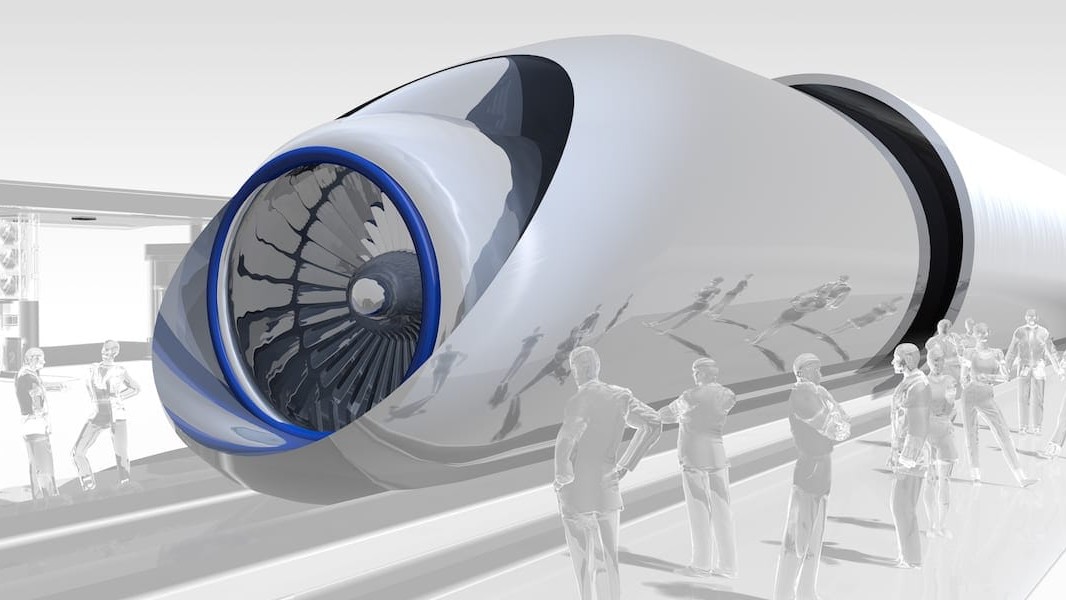CO chosen as an optimal location for the future of travel.
First, what is a hyperloop?
It’s often called the fifth form of transportation, after road, rail, water, and air.
A hyperloop is a “pod” that shoots through a system of depressurized tubes. The pod resembles a train car, but it’s much, much faster. A hyperloop can reach speeds of over 600 mph, thanks to reduced air pressure and the maglev principle.
And, just in case, here’s a refresher on maglev:
Try holding two repelling magnets together. That resistance – an almost defiance of gravity? That’s it. That’s magnetic levitation, and when used in transportation, drag is significantly reduced. Imagine getting from Denver to CO Springs in twelve minutes. 65-miles. Twelve minutes.
Cool concept. But will it ever see the light of day?
It’s looking more and more likely. The current tech is a relatively new concept open-sourced by Elon Musk’s Tesla and SpaceX, and LA-based Hyperloop ONE is making serious headway. In May 2017, they tested the first ever full-scale hyperloop.
To deliver an operational Hyperloop system by 2021, they created their Global Challenge: they wanted to hear proposals from across the world for optimal hyperloop locations. And this month, out of 2,600 proposal teams, the Cheyenne-Denver-Pueblo team was chosen as one of ten winners.
Was this a state-sponsored initiative?
The winning team was a public-private partnership between CDOT, AECOM, the City of Greeley, the City of Denver, and the Denver International Airport.
Why Colorado and Wyoming?
The area checks a lot of boxes: consistent population growth, emerging sectors such as tech, biotech and aerospace, a strong tourism industry and, of course, congestion.
What would implementation look like?
The original October 2016 proposal outlined two development phases:
Phase one…
would connect the forty miles between DEN and Greeley. The proposal estimates a $3 billion cost for this phase, low in comparison to the project as a whole, thanks to less complex topography. Simply put: it’s flat and sparsely populated.
Phase two…
would extend 75 miles west, to mountain recreation areas, such as Silverthorne, Dillon, and Vail. It’s not difficult to imagine how happy that would make tourists and locals alike.
From there, stations would be added up and down the front range, from Cheyenne, Wyoming at the northern terminus, to Pueblo at the far southern end, with stops in DTC, Colorado Springs, and possible offshoots into Boulder and Fort Collins.
This fully realized, 360-mile plan is estimated to:
- Cost $24 billion dollars
- Connect 85% of CO citizens
- Save $470 million/year in time by 2020
- Save $4.1 million/year in emissions by 2020
- Produce $1.3 billion/year in revenue by 2020
Suggested Reading:
The future is approaching, and fast.
The proposers believe this quick, efficient, eco-friendly mode of transportation can make the Front Range more competitive and provide a higher quality of life. Important cargo can arrive not in days, but hours. Tourists and locals can spend more time in the mountains and less time releasing exhaust on I-70. A commuter can get to work fast, leaving more time for her family and friends.
Big ideas can often feel out of reach, and a hyperloop is one big idea. We embrace big ideas, proving through public-private funding partnerships, radical innovation is possible. After all, Colorado has a passion for being in the loop.

